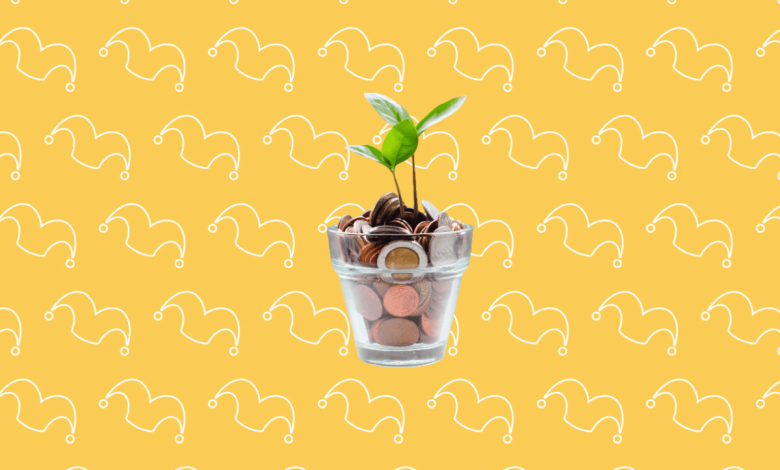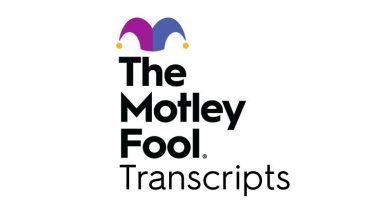What’s the Better Place for Your Savings Right Now?

[ad_1]
Certificates of deposit (CDs) and high-yield savings accounts are two popular places to store your savings. They have several similarities, including competitive rates and FDIC insurance to keep your money safe.
They also have some differences, and each type of account has its pros and cons. Keep reading to see how their current rates compare and which option you should use for your savings.
CD rates vs. high-yield savings account rates
CDs typically offer slightly better rates than high-yield savings accounts. That’s the case right now, as the best CD rates are as high as 5.55%. And while the rate depends on how long of a CD you want, there are CDs available from 1-month to 5-year terms with rates of at least 5.00%.
Featured offer: save money while you pay off debt with one of these top-rated balance transfer credit cards
The best high-yield savings accounts range from 4.30% to 5.32%. So, you can get about 20 to 30 basis points more (0.20% to 0.30%) from a CD than from a savings account. Keep in mind that this isn’t a huge difference. On a $10,000 balance, that’s $20 to $30 in extra interest per year.
The more important difference is that with CDs, you’re getting a fixed rate. Your rate is guaranteed for the entire term of the CD. But you also need to keep your money there until the end of the term to avoid an early withdrawal penalty. The penalty is typically a few months of interest.
With a savings account, you can withdraw your money at any time, but your bank can also change the interest rate. That could work out in your favor if rates go up, or against you if rates drop.
It’s a great time to lock in a high rate with a CD
If you want to guarantee a high interest rate on your savings, a CD is the better choice. Choose a term that works for you, so you won’t need to take out your money early and pay a penalty. For example, if you have savings for a down payment on a home, and you won’t need it for two years, put it in a 2-year CD.
While it’s impossible to predict future interest rates with complete accuracy, it’s looking like we’re at the peak. Experts are expecting the Federal Reserve to lower benchmark interest rates sometime this year. If it does, banks will almost certainly do the same with their rates, including on CDs and savings accounts.
You can get an APY of 5.00% or higher with both CDs and savings accounts right now. But you can only lock in a rate that high with a CD, ensuring you earn that rate for the entire term. If you put your money in a savings account, there’s no guarantee how long that rate will last.
A high-yield savings account gives you more flexibility
If you might need to dip into your savings at any time, go with a high-yield savings account. You’ll be able to make withdrawals without any penalties. The tradeoff is earning less if your bank lowers interest rates.
One of the best examples of money you should put in a savings account is your emergency fund. You can’t predict when an emergency will happen, so it doesn’t make sense to lock up that money for a fixed period in a CD.
The same is true for any other money you may need to use. If you’re saving up for a car, and you plan to buy one as soon as you find a good deal, that’s money you should have in a savings account.
There are excellent rates available on CDs and high-yield savings accounts. The right option depends on whether you’re willing to commit to a CD term for a fixed rate, or if you’d rather use a savings account and keep your withdrawal options open.
These savings accounts are FDIC insured and could earn you 11x your bank
Many people are missing out on guaranteed returns as their money languishes in a big bank savings account earning next to no interest. Our picks of the best online savings accounts could earn you 11x the national average savings account rate. Click here to uncover the best-in-class accounts that landed a spot on our short list of the best savings accounts for 2024.
[ad_2]




